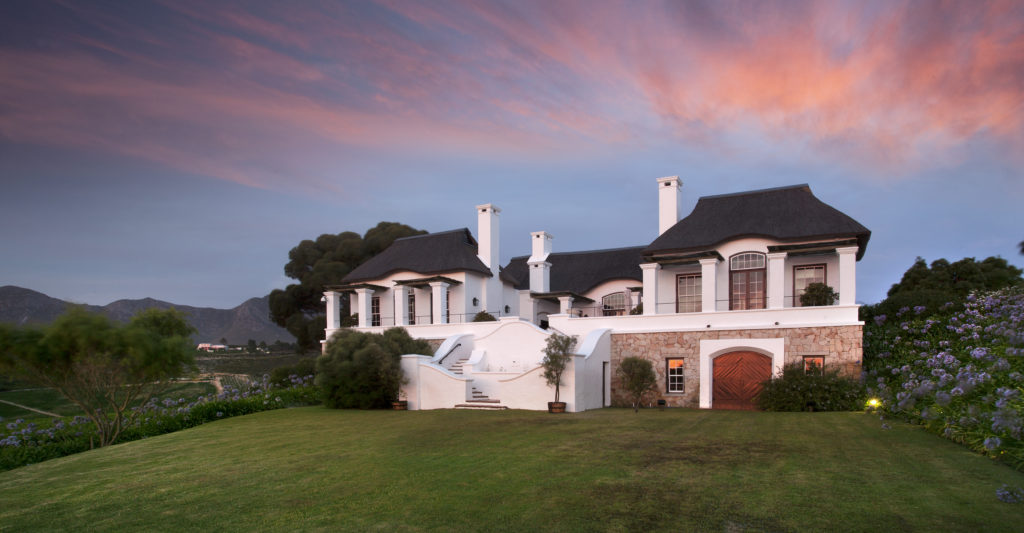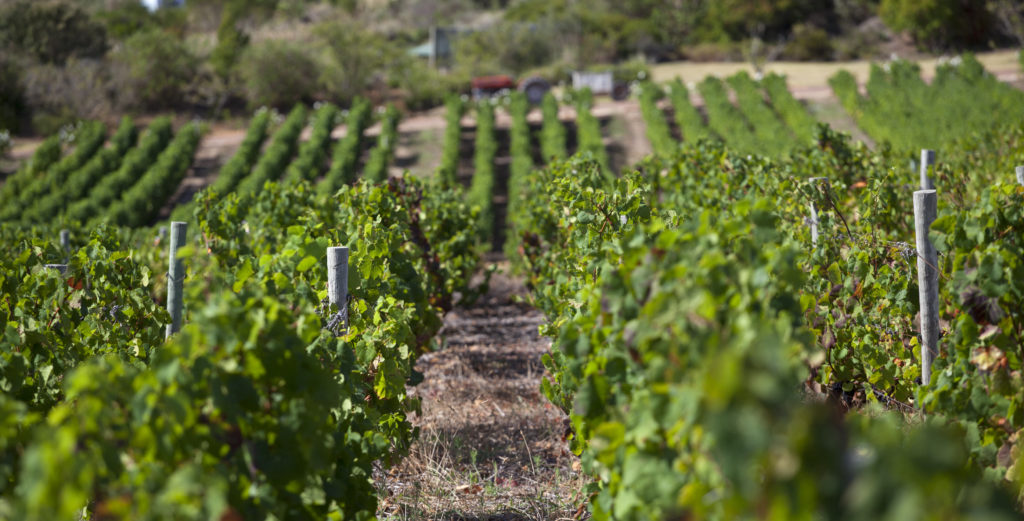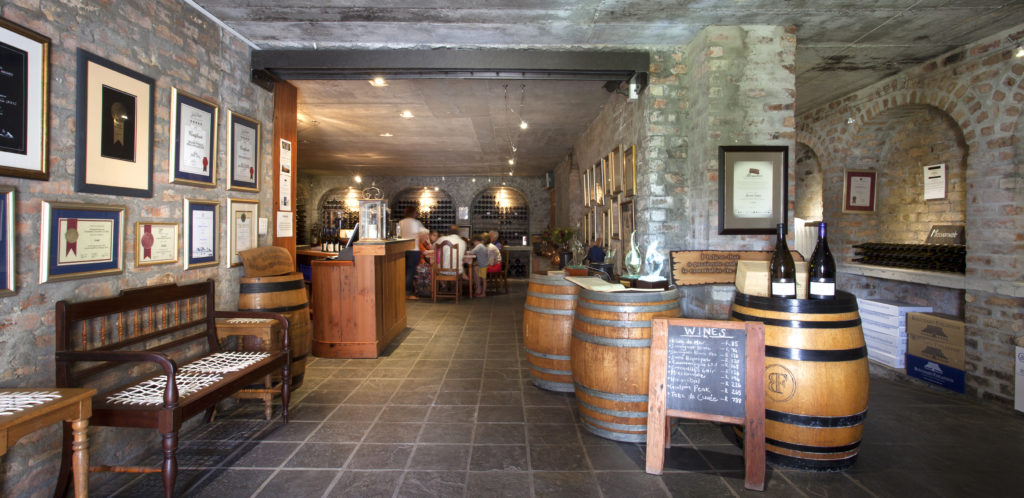
Part of the Travel Corporation since 2000, the boutique vineyard Bouchard Finlayson has flourished under the guidance of its owner and director, Victoria Tollman, and Peter Finlayson, its founder and cellar- master. Known fondly as the ‘Pioneer of Pinot Noir,’ we decided to catch up with Peter and find out more about his extensive knowledge on the wines of the world. Here is what he had to say:

Bouchard Finlayson.
Historically sommeliers were guardians of time tested aristocrats from Bordeaux, Burgundy and Champagne. Ordering wine was a statement of class not taste. But the world has got smaller and winemaking skills have been exported to every climatically suited country. The result is that super respectable wines – let alone champion wines – have arisen, genie-like, from diverse locations to capture worthy attention as global competitors in the wine market.
South America

During the late nineteenth century, as France’s vineyards were decimated by the imported insect called phyloxera, many French grape growers abandoned their properties. South America, and Chile in particular, turned out to be a safe haven for the growing of un-grafted vines. Today, grape growing thrives in a wide array of soil and climate options in this land supported by the giant Andes mountains. In the winelands of Mendoza, Argentina, water from melting Andean snow helps support the famous reds, with the Malbec grape playing a dominant role.
Europe

During my early travels to France there was no escaping the anomaly of visiting Chateauneuf-du-Pape, where there remains no visible earth in these vineyards. The vines of nine different grape varieties grow in soil covered with potato-sized river stones, which help distribute heat and lead to unique flavors.
Across the divide of the Swiss Alps and into central Italy, the stunning landscape of Tuscany offers wines produced from the Sangiovese grape. This grape has stood the test of time, emerging through the millennia of natural selection, to produce a powerful fruity wine.
Further north, surrounding the town of Verona is the region of Valpolicella, an ancient and historic region producing wine from the Corvina, Rondinella and Molinara grapes. Perhaps the most famous wine of the area is the Amarone, which is produced from grapes vine-ripened on rack to concentrate their flavor.
Looking to the Atlantic Ocean, Portugal boasts a wine appellation system older than France, but with the world’s changing tastes it has needed to rediscover aspects of its wine tradition. The wines of Portugal have in recent years experienced a renaissance, and renewed demand has allowed for a fine wine culture to resurface.
Crossing the Mediterranean Sea and leap-frogging over Italy, one arrives at the centuries-old land of Croatia. Wine growing is said to date back to the ancient Greek settlers who arrived in the 5th century BC. Much of their production is white wine, originating from little known grape varieties.
Africa

Inside Bouchard Finlayson.
On the subject of wine, South Africa is often confused with the new world, however its wine production has been active for more than 350 years (the historic Constantia sweet wine was a favourite drink of the emperor Napoleon). South African wines have also served as a useful base for the production of fine brandies and later as a very acceptable replacement for Spanish sherry.
Its wine technology has been at the forefront of wine science, with the modern-day practice of cold fermentation of white wines developed here.
Head to South Africa and try our wines out for yourself on our Spectacular South Africa trip, or explore a greater variety on one of our worldwide holidays.











Leave a Comment